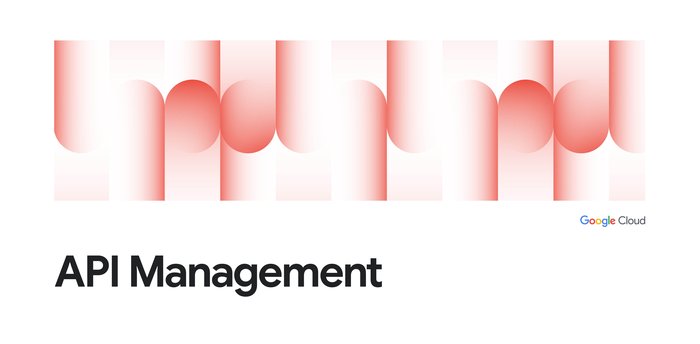Knock, knock, who's there? It's Guidion, bringing timely service calls with APIs

Aditya Bhargava
Solutions Architect, Guidion
Editor's note: Today we hear from Aditya Bhargava, Solutions Architect and agile coach at Guidion, on how the company is using the Google Cloud’s Apigee API Management Platform to transform the Dutch solar panel and communications equipment installation landscape. Read more to learn how Guidion uses APIs to deliver technical services in and around the house, bringing happiness to seven customers every minute.
Guidion is a Dutch field service management company. We install consumer solar panels and broadband internet for our partners via a pool of about 2,000 freelance expert technicians. We provide our partners with a fully digitized, B2B cloud platform that we use to schedule and manage installations. The installation work we do isn’t the innovation—it’s the way we deliver our services that’s the game changer.
Streamlining the service economy with APIs
Most people can think of more than one occasion when they needed a technical service like internet or cable television installed at their homes. This usually involves phoning the company to make the order, then waiting for a call back or an email or text message from the provider with the pre-ordained “installation window.” Often this painstaking process requires taking a day off to wait around for the technician to arrive. Customers don’t usually have a way to easily reschedule if the service window provided isn’t convenient. And they often don’t have ways to get updates on the day of the appointment about when–or if–the technician will arrive. This can obviously lead to frustration.
Guidion has reimagined service delivery, putting our partners’ customers first with our on-demand installation platform. Once our partners notify us of an installation via our online platform, the customer is provided a link to schedule the installation at their convenience, and at a fixed appointment time that works best for them. Our technicians rely on the app to notify us of their availability, accept jobs, and if necessary, communicate directly with customers.
Using Apigee to satisfy partner requirements
About four years ago, we migrated from our legacy system to use the Field Service Lightning and FinancialForce platforms from Salesforce to run our business. They do a great job for us, but we needed to find a way to adapt to how individual partners want to communicate with us without also migrating our legacy APIs. Since we already had existing, strong custom APIs that we didn’t want to adapt to the many partner-specific requirements, we started to look for a way to handle those kinds of translations while receiving the same API call via the same API proxy from different partners. We wanted to be able to handle the translations based on which partner is calling the API and then push the request back to Salesforce. That’s where the Apigee platform comes in.
We were motivated to adopt an end-to-end API management platform because we didn’t want to have to develop a tool in-house to do SOAP-to-REST API translations (though we do offer REST endpoints that send requests to the same Salesforce custom APIs—partners can choose which route they take to integrate with our services). We chose Apigee to implement the SOAP endpoints, but also to enable us to do much more.
Discovering out-of-the-box Apigee functionality
With Apigee we have a standard way of having all our partners communicate with our Salesforce platform. The Apigee developer portal allows us to expose our endpoints and make partner onboarding very easy. We also we made a switch within Apigee that allows partners to make a choice about how they use our new system. We can either quickly and easily turn the request over to Salesforce to manage in their own REST API schema, or we can send it through Apigee as a pass-through endpoint which hands off to the old legacy system.
Apigee also gives us the possibility of doing login monitoring, analytics, debugging, whitelisting, and certificate-based authentication. These are all functionalities that we got out of the box from Apigee, which we really appreciated. It meant that we didn’t have to invest any time in making or buying additional solutions.
Our partners are large enterprises that need us to adapt to their requirements, so we need to keep all of the partner variations within the Salesforce platform. If we didn’t have Apigee, it would take us twice the time to implement partner-specific requirements, not to mention create a lot of additional resource-intensive maintenance.
Cascading benefits to the business
Another huge benefit stems from the fact that new partner onboarding is now handled by the business side rather than the technical side of Guidion. When a new partner or an existing partner needs a new service, the only thing our team members need to do is log in to Apigee as an operations administrator and fill in the key value map. Once the right information is in there, the partner is onboarded with no IT assistance required. Instead of waiting days for the IT team to get to it, the business is self-servicing partner able to react in real time to customer needs.
In the past when we were using SOAP endpoints, integrations were considered a tough job. Not anymore. I think of Apigee as a restaurant. The menu is the Swagger documentation, then the waiter is the API that takes your order to the kitchen. The kitchen is the server that prepares your order and delivers it back to clients. Having Apigee makes our integrations as easy as eating out.
To learn more about API management on Google Cloud, visit the Apigee page.


